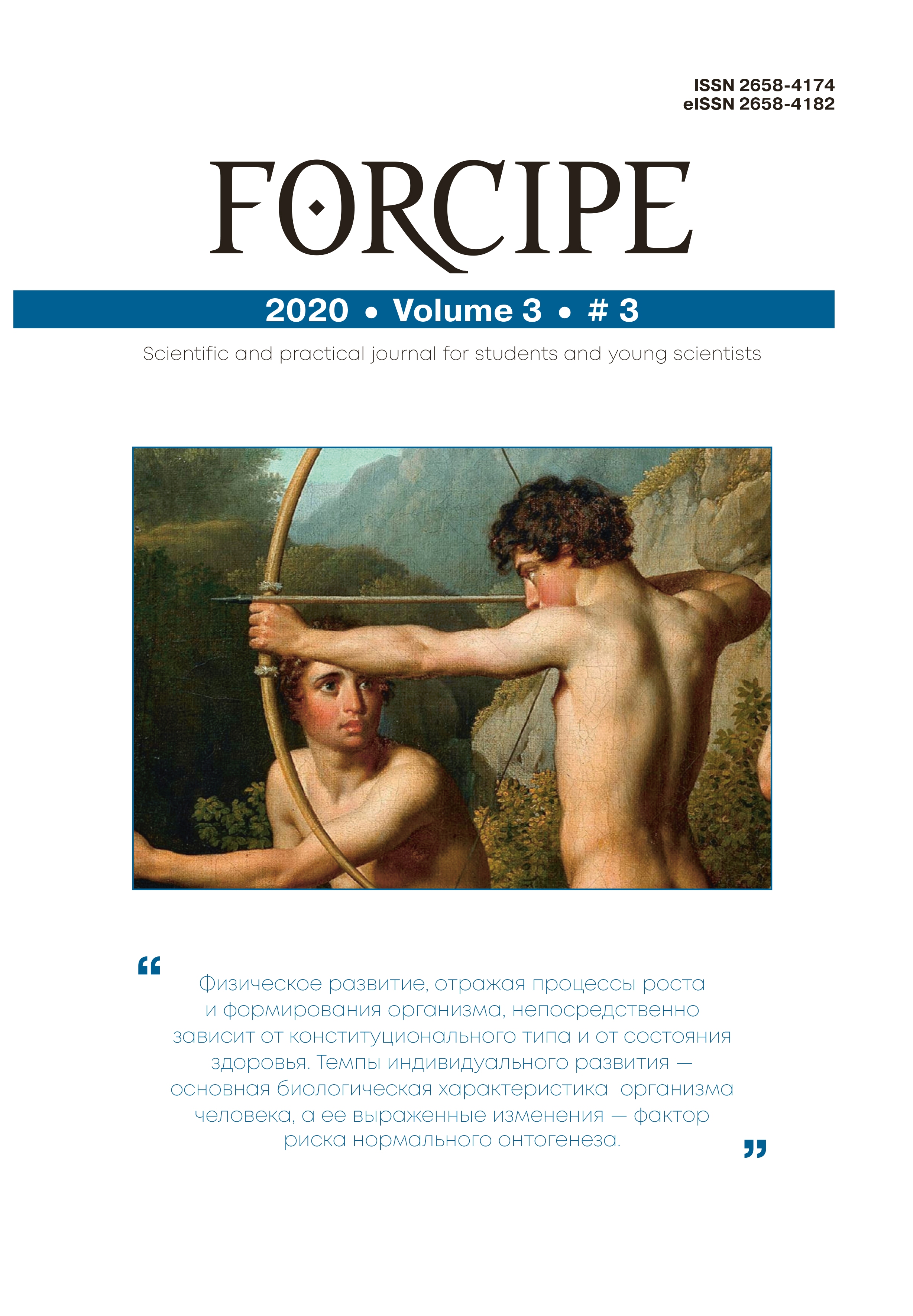THE IMMUNE AND ANTIOXIDANT SYSTEM IN RELAPSING BRONCHIAL OBSTRUCTION
Abstract
Purpose of the study. The aim of the study was to study some indicators of the immune and antioxidant systems when using azoximer bromide in case of recurrent obstructive bronchitis in children. Material and research methods. The study included children 5-17 years old with recurrent obstructive bronchitis with predominantly infectious trigger factors of exacerbation of the disease who were in hospital. A survey of two groups of patients. Group I of children (study) (n = 20) received standard therapy (basic drugs, symptomatic therapy) and azoximer bromide, group II (comparison) of children (n = 20) received only standard therapy without immunomodulator. Evaluation of the effectiveness of the use of an immunomodulator in bronchial obstructive syndrome was carried out according to biochemical parameters (ceruloplasmin, catalase, malonic aldehyde, nitric oxide), indicators of innate and adaptive immunity and cytokines (interlekin-18, interlekin-4 and γ-interferon). Results. The study has shown that this immunomodulator effectively reduces the level of nitrites in the blood serum, which is indicative of a decrease in the pro inflammatory effect of these stable metabolites on organs and tissues. It also was noted to abate exacerbations of the disease. The obtained results indicated the influence of the immunomodulator on the mechanisms of protection: its ability to inhibit the processes of lipid peroxidation and provide a protective effect against antioxidants. Azoximer bromide effectively corrected the indices of the innate and adaptive immunity units in the children with bronchial obstruction syndrome. The study has also revealed the effect of this agent on the mechanisms of production of interleukin-4 and γ-interferon. Azoximer bromide reduced the concentration of the pro inflammatory cytokines (IL-4, IL-18) and increased the concentration of interferon-γ in the blood serum of the patients. With bronchial obstruction, this helped to compensate for the lack of phagocytic activity of neutrophils as the primary mechanism of nonspecific immunity in response to the introduction of an infectious agent. Conclusion. The use of an immunomodulator in the complex treatment of recurrent bronchial obstructive syndrome in children with predominantly infectious trigger exacerbation factors allows optimizing the antioxidant status and correcting some indicators of innate, adaptive immunity, pro inflammatory and anti inflammatory cytokines.



